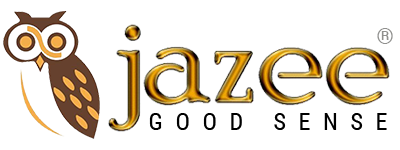Maybe you have a spring in your backyard, a great source for a new line of bottled water. Perhaps you mixed the perfect drink with a unique flavor in your kitchen. Or you might even have a perfect combination of ingredients to clean wood, tile or some other household item. In other words, you have a new product that you think would draw some interest from the rest of the world. But now what? Many important decisions must be made before that first bottle, jar or container of product hits the shelf, and those decisions will all impact how easy - or difficult - it will be to package your product.
PRODUCT
Of course, the product itself will have an effect on the packaging machinery necessary to efficiently and consistently prepare items for the customer. Certain filling machines and equipment work better with thicker products while other machines will provide more consistency for free-flowing liquids. Some products will also require special electrical components and construction if they are flammable or otherwise hazardous. While a new packager will not normally have a lot of freedom to change the properties of their product, there are other aspects of starting up a new product that will allow slightly more control.
PACKAGE
The container, cap, label and other packaging material chosen for a product will have a greater effect on the packaging machinery necessary for the start up company, but the packager also has greater control over what exactly is used to hold and advertise the product. While a unique bottle or other package can make a product stand out on the shelf, new packagers need to keep in mind that custom packaging machinery can be more expensive than industry standards. It may also be convenient to offer some product in packages from small sample sizes all the way up to large, bulk type containers. When the range is wide, more than one packaging line may be necessary to handle both size and demand. As a start up, a packager must balance the need for creativity and a range of product sizes with the expense of efficiently and reliably packaging product.
MARKET
Of course, product demand will in part be determined by the size of the market served. Many times a start up company will settle on a smaller market to test the waters, so to speak. If demand grows, the market will usually widen, though there are those special products that seem to become an instant hit nation-wide or globally. Demand for a product will normally directly affect the level of automation necessary for packaging that product. Lower demand or a reduced market size may allow a packager to get away with tabletop packaging equipment, from two head filling machines to single head cappers and tabletop labelers. However, if growth is expected, as it almost always is, a new packager may want to start with semi-automatic or even automatic packaging machinery to allow for upgrades and future expansion.
SPACE
The available space is also a factor to take into consideration when starting a new packaging project. If the first few bottles of the new product will be prepared in a garage or kitchen, automatic packaging machinery is likely out of the question! However, as noted above, tabletop machines, from bottle rinsers and liquid fillers to capping and labeling machines, are available for those projects where space is at a premium. Of course, once demand reaches a certain level, a packager may be forced to find the space necessary for more automated packaging machinery, but many times the economical yet efficient tabletop machinery is the proper starting point for new products.
Preparing a start up business to launch a new product is a venture full of unknowns and risks. Doing a little research up front can help remove some of that risk and provide answers for some of the unknowns. The new packager must balance the desire to grow quickly with the costs associated with unique packaging and fast paced packaging equipment to best position the new item for success.

